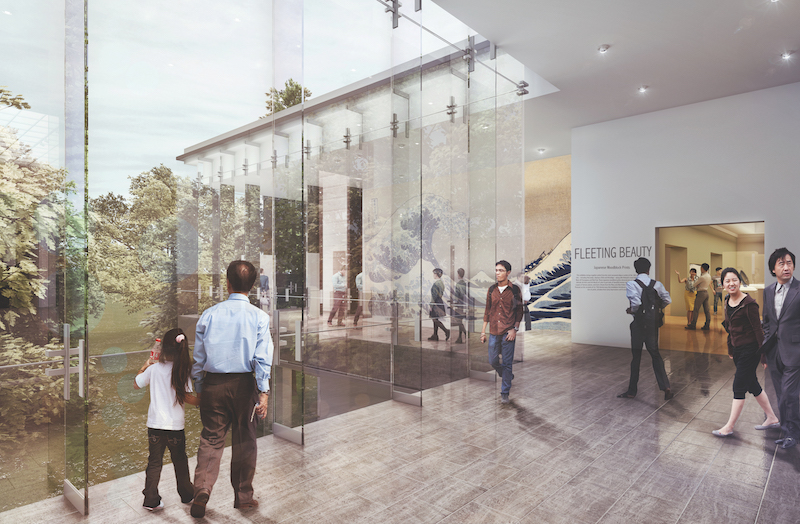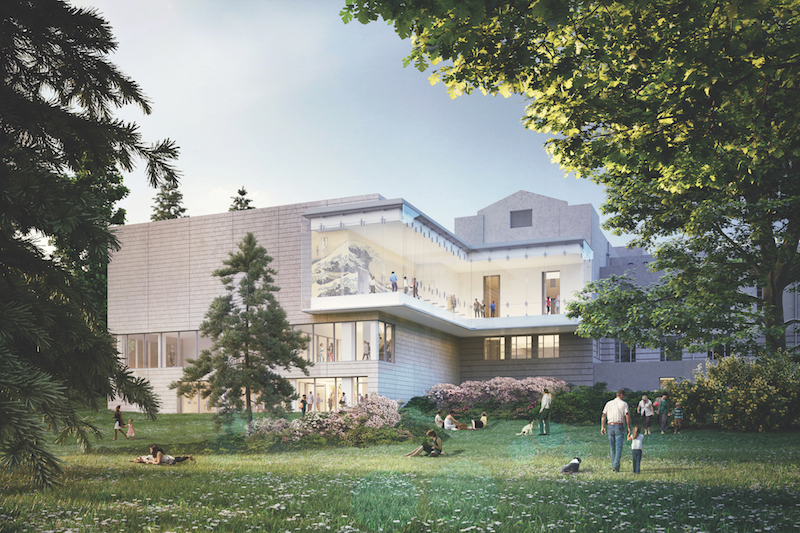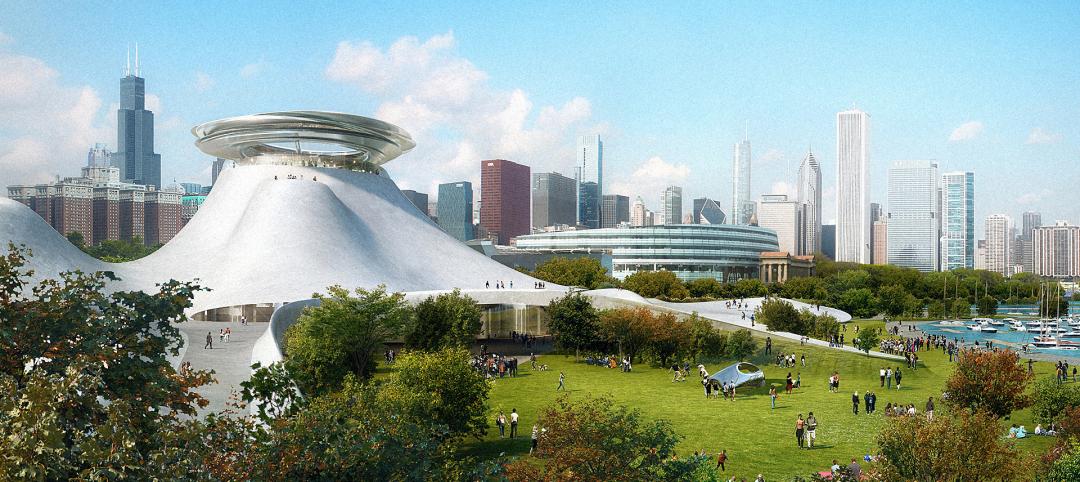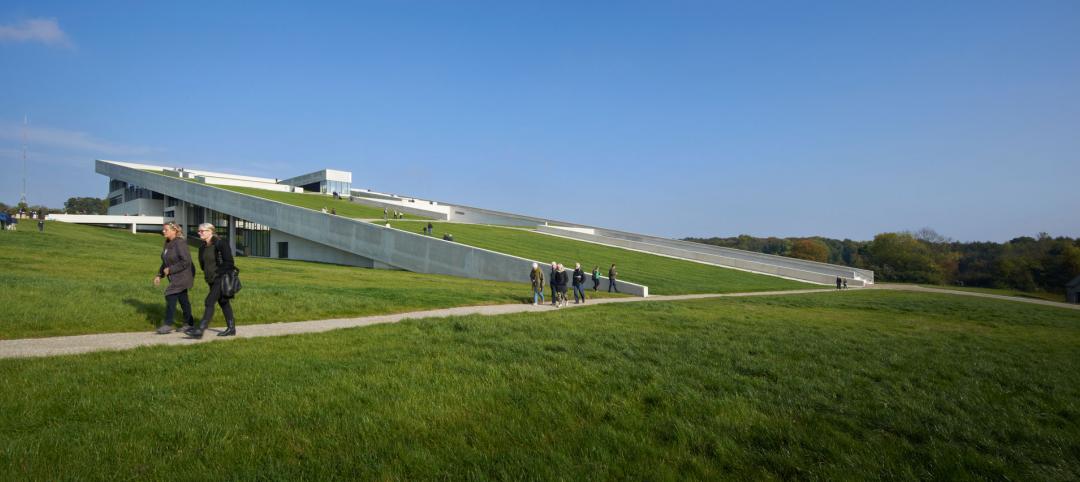For the first time since it was completed in 1933, Seattle’s Asian Art Museum is set to undergo a substantial renovation and expansion. LMN Architects announced the initial design for the renovation with the goal of ensuring the museum remains an important cultural resource moving forward.
Originally designed by the architectural partnership of Bebb and Gould, the museum’s expansion and renovation will take the Art Deco building and enable it to showcase more of its permanent collection while also providing more space to allow for additional special, temporary exhibitions.
A three-story expansion will provide new gallery space, education space, and administrative offices. A new terrace overlooking the east lawn has also been proposed and a glass park lobby addition will help improve circulation through the galleries and provide visual connections to the park.
In addition to the museum-specific updates, HVAC, fire safety, and seismic upgrades will also be made to the eight-decade-old building.
Funding for the project, whose budget currently sits at about $49 million, will be a mixture of public and private funds. And while fans of the museum sill surely be excited about the updates, the expansion and renovation does mean the museum will close at the end of February 2017 and not reopen until 2019.
 Courtesy of LMN Architects
Courtesy of LMN Architects
 Courtesy of LMN Architects
Courtesy of LMN Architects
Related Stories
| Nov 14, 2014
Bjarke Ingels unveils master plan for Smithsonian's south mall campus
The centerpiece of the proposed plan is the revitalization of the iconic Smithsonian castle.
| Nov 12, 2014
Chesapeake Bay Foundation completes uber-green Brock Environmental Center, targets Living Building certification
More than a decade after opening its groundbreaking Philip Merrill Environmental Center, the group is back at it with a structure designed to be net-zero water, net-zero energy, and net-zero waste.
| Nov 7, 2014
NORD Architects releases renderings for Marine Education Center in Sweden
The education center will be set in a landscape that includes small ponds and plantings intended to mimic an assortment of marine ecologies and create “an engaging learning landscape” for visitors to experience nature hands-on.
| Nov 5, 2014
The architects behind George Lucas' planned Chicago museum unveil 'futuristic pyramid'
Preliminary designs for the $300 million George Lucas Museum of Narrative Art have been unveiled, and it looks like a futuristic, curvy pyramid.
| Nov 3, 2014
IIT names winners of inaugural Mies Crown Hall Americas Prize
Herzog & de Meuron's iconic 1111 Lincoln Road parking garage in Miami Beach, Fla., is one of two winners of the $50,000 architectural prize.
| Oct 29, 2014
Diller Scofidio + Renfro selected to design Olympic Museum in Colorado Springs
The museum is slated for an early 2018 completion, and will include a hall of fame, theater, retail space, and a 20,000-sf hall that will showcase the history of the Olympics and Paralympics.
| Oct 23, 2014
Prehistory museum's slanted roof mimics archaeological excavation [slideshow]
Mimicking the unearthing of archaeological sites, Henning Larsen Architects' recently opened Moesgaard Museum in Denmark has a planted roof that slopes upward out of the landscape.
| Oct 16, 2014
Perkins+Will white paper examines alternatives to flame retardant building materials
The white paper includes a list of 193 flame retardants, including 29 discovered in building and household products, 50 found in the indoor environment, and 33 in human blood, milk, and tissues.
| Oct 15, 2014
Harvard launches ‘design-centric’ center for green buildings and cities
The impetus behind Harvard's Center for Green Buildings and Cities is what the design school’s dean, Mohsen Mostafavi, describes as a “rapidly urbanizing global economy,” in which cities are building new structures “on a massive scale.”
| Oct 12, 2014
AIA 2030 commitment: Five years on, are we any closer to net-zero?
This year marks the fifth anniversary of the American Institute of Architects’ effort to have architecture firms voluntarily pledge net-zero energy design for all their buildings by 2030.
















